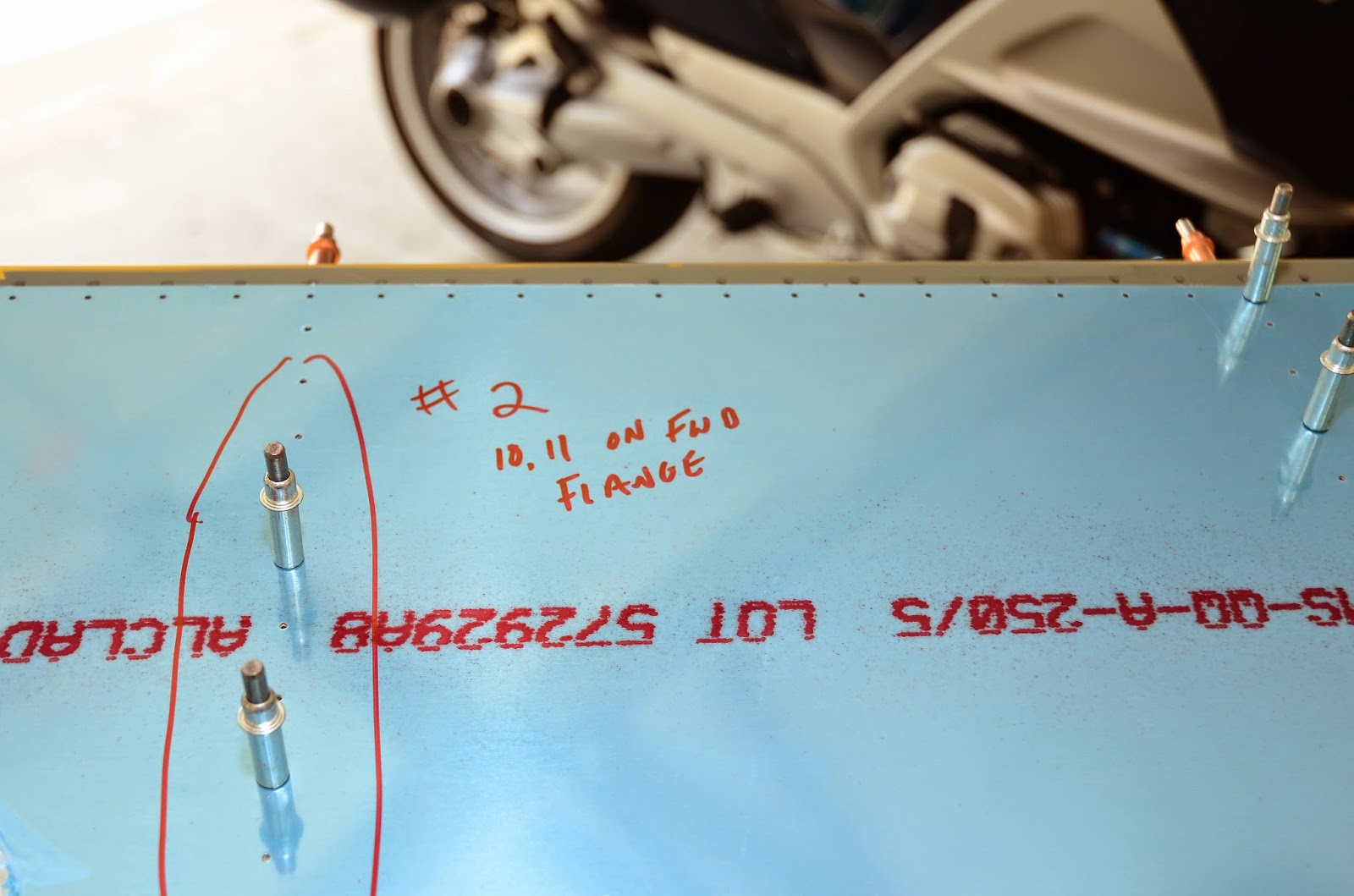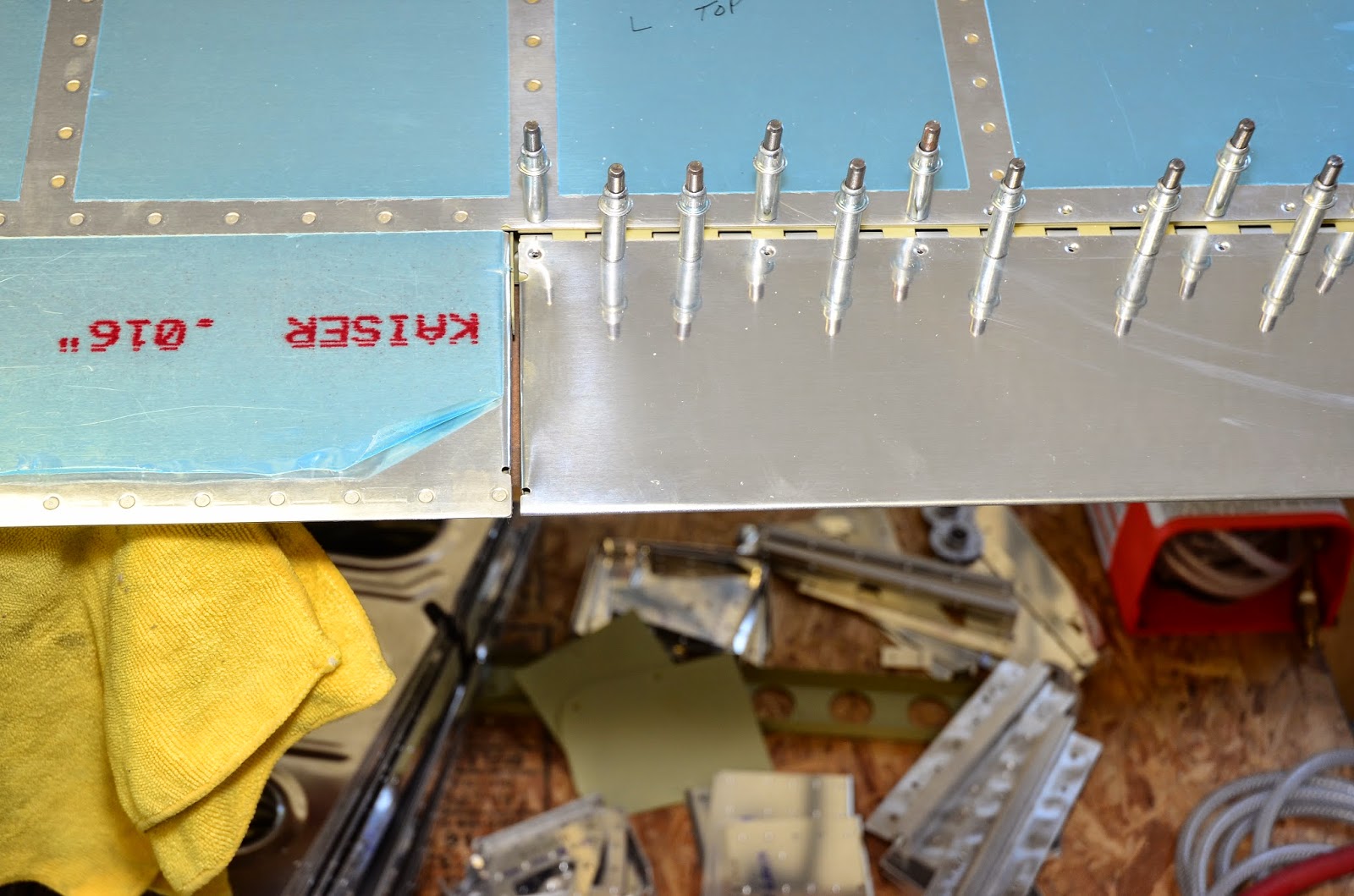Oshkosh 2014:
It has been forever since I flew at night, so the first
order of business was to get night current – even though it has been about 6
months since flying a passenger at night:
Great place to be to enjoy the sunrise:
Clouds began to build as I neared the TN mountains –
beautiful sight against the rising sunlight:
Beginning to cross the hills of Tennessee. I would say mountains, but anyone from the
west reading this would probably laugh.
At about 5,000 feet, and coming from an area with an elevation of 50
feet, they are mountains to me…
Pretty easy to see why they are called the Smokey Mountains:
Cloudier than I was expecting for early morning, but they
dissipated once away from the hills:
Fuel stop – KHNB – Huntingburg, Indiana. Cheap fuel - $5.12:
I remember passing these wind farms last year. Not sure why it surprised me – just not
expected to see this in this part of the country:
These towns always remind me of the computer game where you
build a city. They are in the middle of
nowhere and are so self-contained. They
almost look fake – like a movie set:
I installed the Dynon ADS-B unit since last year’s Oshkosh
trip. It’s great to have on-board
weather without the monthly XM fee. I’d
been watching this my entire flight north.
None of the weather was moving very fast. I was worried I was going to have to land and
wait this out as it was parked over KOSH, but by the time I got in the vicinity
it had moved enough to skirt by:
The ADS-B traffic is a great addition, too. Makes you realize how difficult planes are to
spot and how much you miss with the old eyeballs! This is SW of Chicago's class B:
Approaching KOSH from Fisk.
As planned I was early, so it was just like a normal arrival – almost –
except for the close in left downwind and early base turn:
Arrived safely again this year. On the taxi to Homebuilt Camping:
The early bird gets the worm – and choice of camping
spots. Straight ahead you can see Jerry
Fisher’s truck. He is a volunteer from
Georgia. Great guy and a vet. He runs the homebuilt camping area – and is
just a heck of a nice guy to boot! Also
seen is the blue and white tent where we gather for coffee every morning. The show is nice, but every year my favorite
part is hanging in the tent every morning, meeting and getting to know all the
people. This year’s notables were John –
a dentist from Arkansas, and former Marine, and Carl from Texas who works at
NASA. Every morning we solved all the country’s
political problems over a few cups of java:
First stop was to the Target just outside of the airfield
gate to pick up some groceries for the week.
On the way there, I stopped by Friar Tucks to get a sandwich – I hadn't
eaten all day. This is actually a fish
sandwich – one huge piece of fish, for sure:
Back at the camp site, I set up my tent and unpacked the
plane:
Home sweet home for the next week:
Had to snap a pic of the Airventure sign:
Then it was off to the flight line to watch the
arrivals. This is a fun part of coming
early. You get to watch during the busy
arrival periods. It’s amazing how many
aircraft they land one after the other.
You get some great pics:
This woman didn't seem to be quite as interested in the
activities. Apologies if you ever
stumble across the blog – one in a million chance, but apologies all the same:
The next morning looked to have a bit more sunshine:
First order of business was to get my free hat from
Jeppesen. Each year they give a free hat
if you order your tickets online and bring them your printed ticket. Amazing how many folks, myself included, will
stand in line for a free hat!
Standing room only at one of the workshops. I believe this one was on composite
(fiberglass) finishing:
At some point I headed over to an area where all the RV-10s park to
look at the various planes. It’s amazing
how differently I look at the planes this year now that I’m building. As luck would have it I happened across Geoff
Combs from Aerosport Products. Geoff makes
interiors (among other items) for RV-10s.
His interiors definitely highlight a great plane and, in my opinion,
give it the finishing touch it deserves.
Not too inexpensive, but when the time comes, I will definitely finish
my interior with his products:
Over the course of the week, I had to stop by the Cirrus
tent. I wanted to get ideas for paint
schemes. I always like Cirrus paint –
pretty simple, but really nice in my opinion.
Their aircraft are absolutely gorgeous.
If only I had an extra 750k lying around. The -10, however, will have remarkably
similar capabilities – crazy to think about that. Gorgeous scheme. That’s red BTW. A bit overexposed and looks like orange:
Check out the beautiful leather:
It’s amazing to look at this panel, which looked so advanced
only a few years ago, and to think how common it is to outfit homebuilt planes
with the same capability:
In fact, the autopilot controller (in the lower center
console with the blue button) looks identical to the Garmin non-certified unit
that I will most likely put in the -10 when the time comes:
Mmmm – looks familiar.
Garmin’s non-certified, experimental version at a fraction of the
certified cost:
I really like how Cirrus does the breaker panel – keeps the
instrument panel clean. I will
definitely put this in the good idea file for when I start thinking about
wiring the plane. A lot of guys are
going to the digital breakers – the VP-X system – but I’m not sold on it. More than likely I’ll stick with the traditional
circuit breakers and I really like the idea of putting it in this location –
the side of the center console by the pilot’s foot well. ELT switch down there, too:
Hanging out by the tent one evening, the lighting was
perfect for photos. Unfortunately, I
really didn’t have much to photograph.
Love the lighting!
Some of the folks I met this year. Finishing the night at
SOS. Meeting great folks is what makes Oshkosh
awesome:
Getting a pic with SOS’s giant sign – they bring it down at
closing time:
Unfortunately, getting back after midnight, most of the
gates to the airfield are closed. Everyone else in the group crawled under the fence, I chose to go over - they said it was because I was 'the Army guy'. Actually, it was because I didn't want to get stuck like this guy - it was a pretty tight squeeze to go under! Hilarious!
My plan was to take off around 1000 Thursday morning. Unfortunately, there was an aircraft accident
at about 0930 that shut down the field.
This created a huge back log of aircraft. It took forever just to get an escort to taxi
out of homebuilt camping. Once, out, I
didn’t get to taxi very long – just up to the taxiway to get in line and shut
down with the others:
Once we got rolling, it was slow going – lines of planes
both coming and going. Probably took
:30-:45 to get to the departure end of runway 36:
Wanted to get out earlier so I didn’t have to dodge all the
cumulus build ups:
Mmmmm – will shooting that hole maintain cloud clearance?
Interesting site to fly over. Wonder if there’s any gold in there
anymore..?
Started to get hazy once I hit the Smokies:
Once over the Smokies and closer to Atlanta, thinks started
to get worse:
Eventually I was on top of a scattered layer. Never really became a broken layer
fortunately, but it was close:
I love having weather in the cockpit. Just like the way up,
weather was parked over my destination.
Not a whole lot of cells in the area, except this one RIGHT over
home. They weren’t moving either. I watched them parked over home for a good 1 –
1.5 hours:
Fortunately the weather moved to the west in time for my
arrival home – another Oshkosh in the books.
I’m already looking forward to next year!



















































































